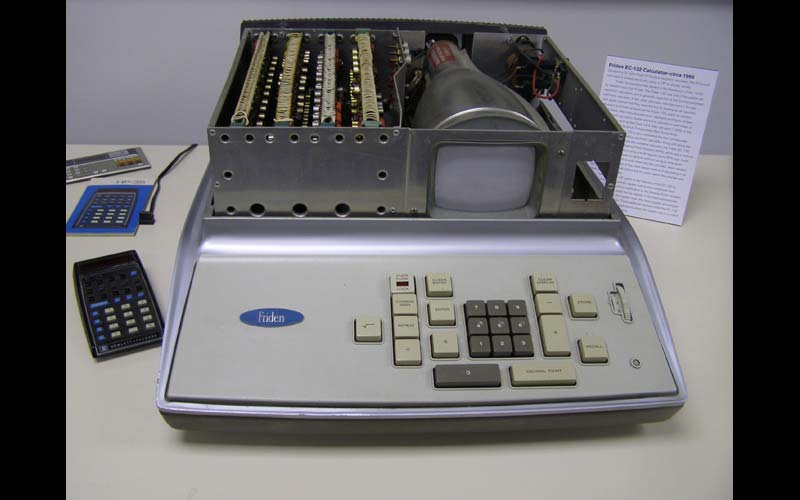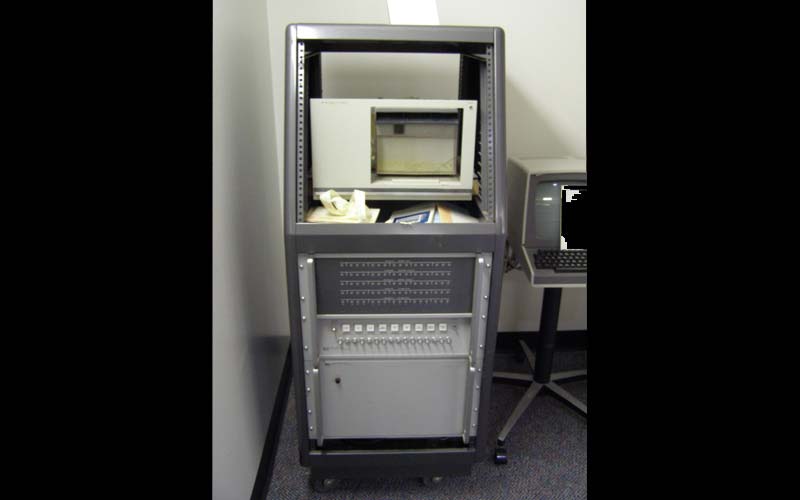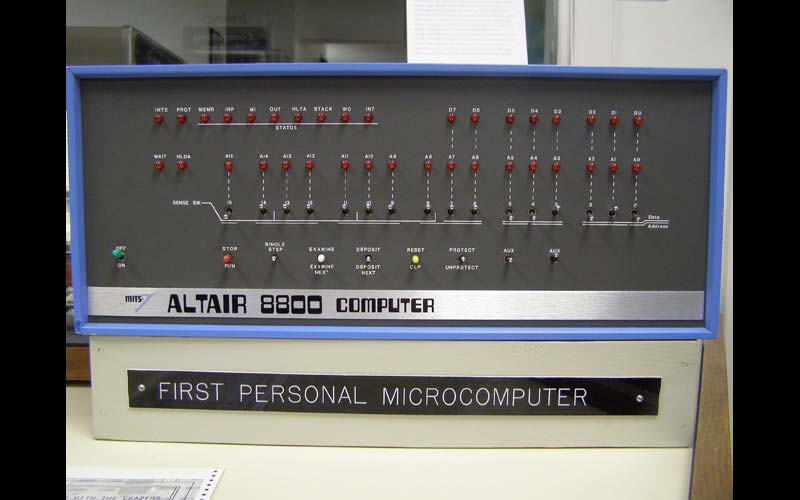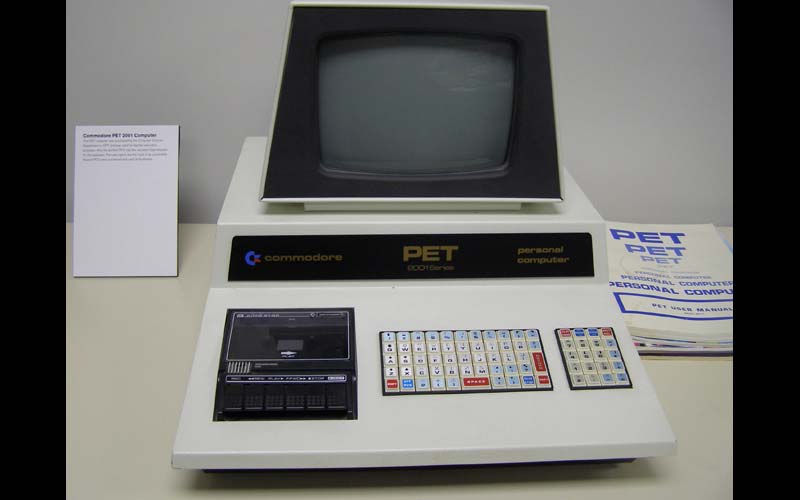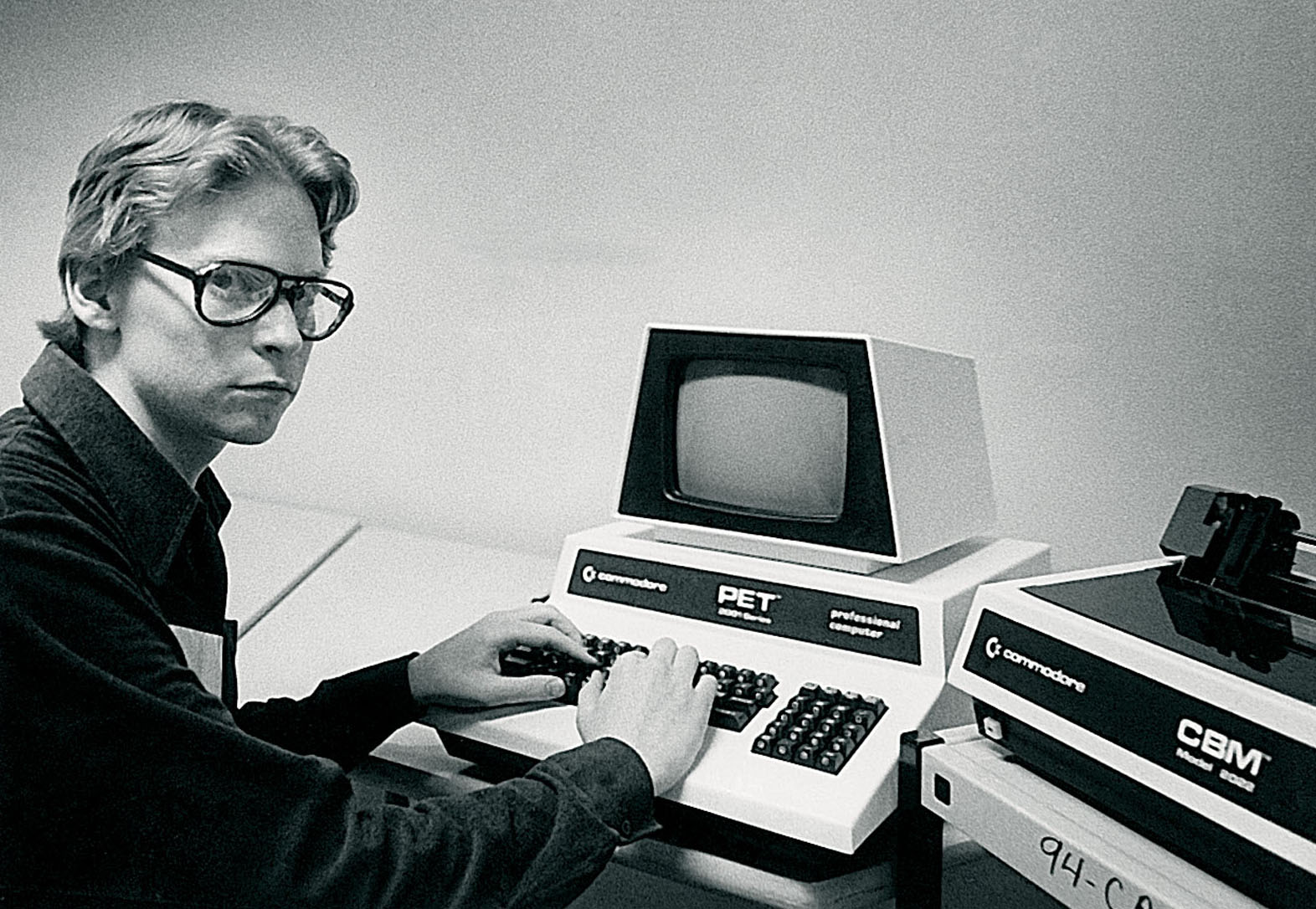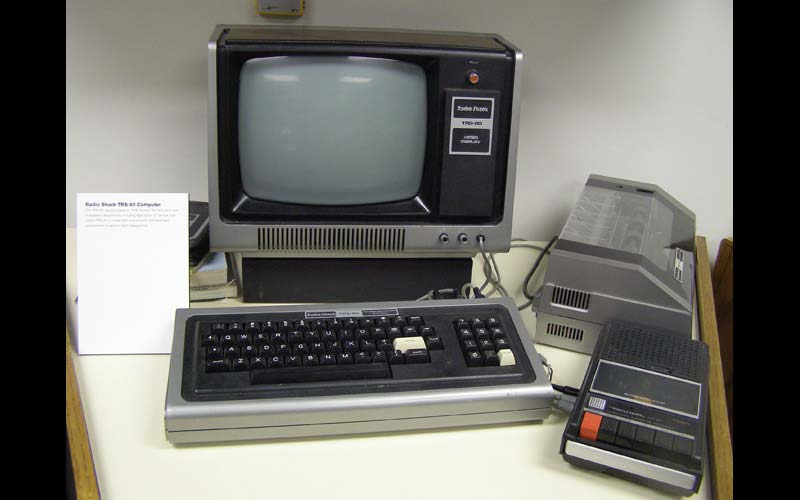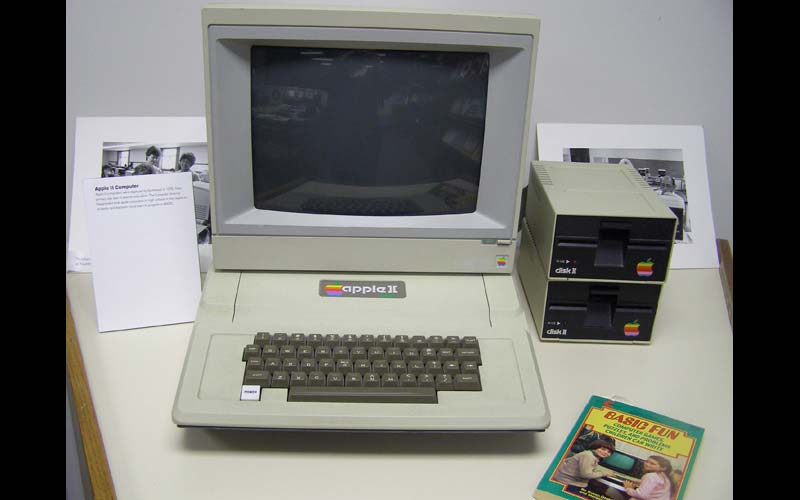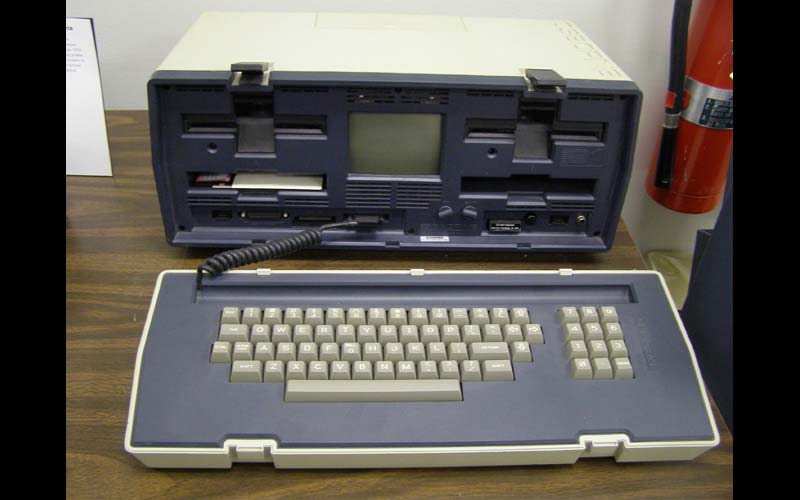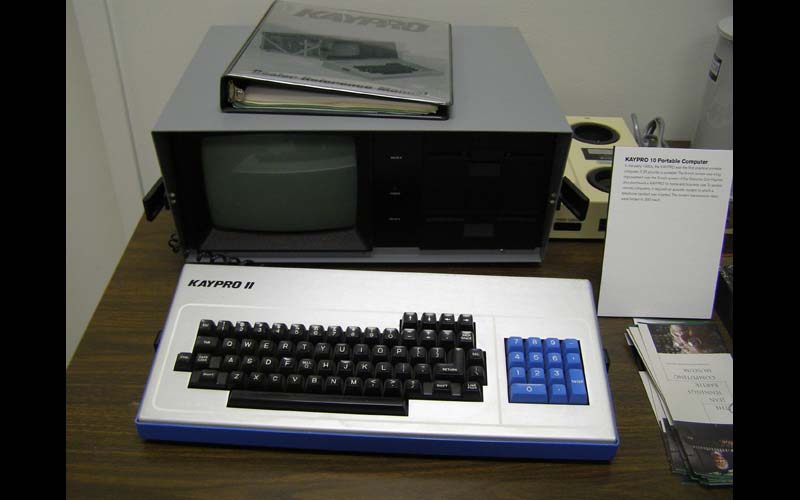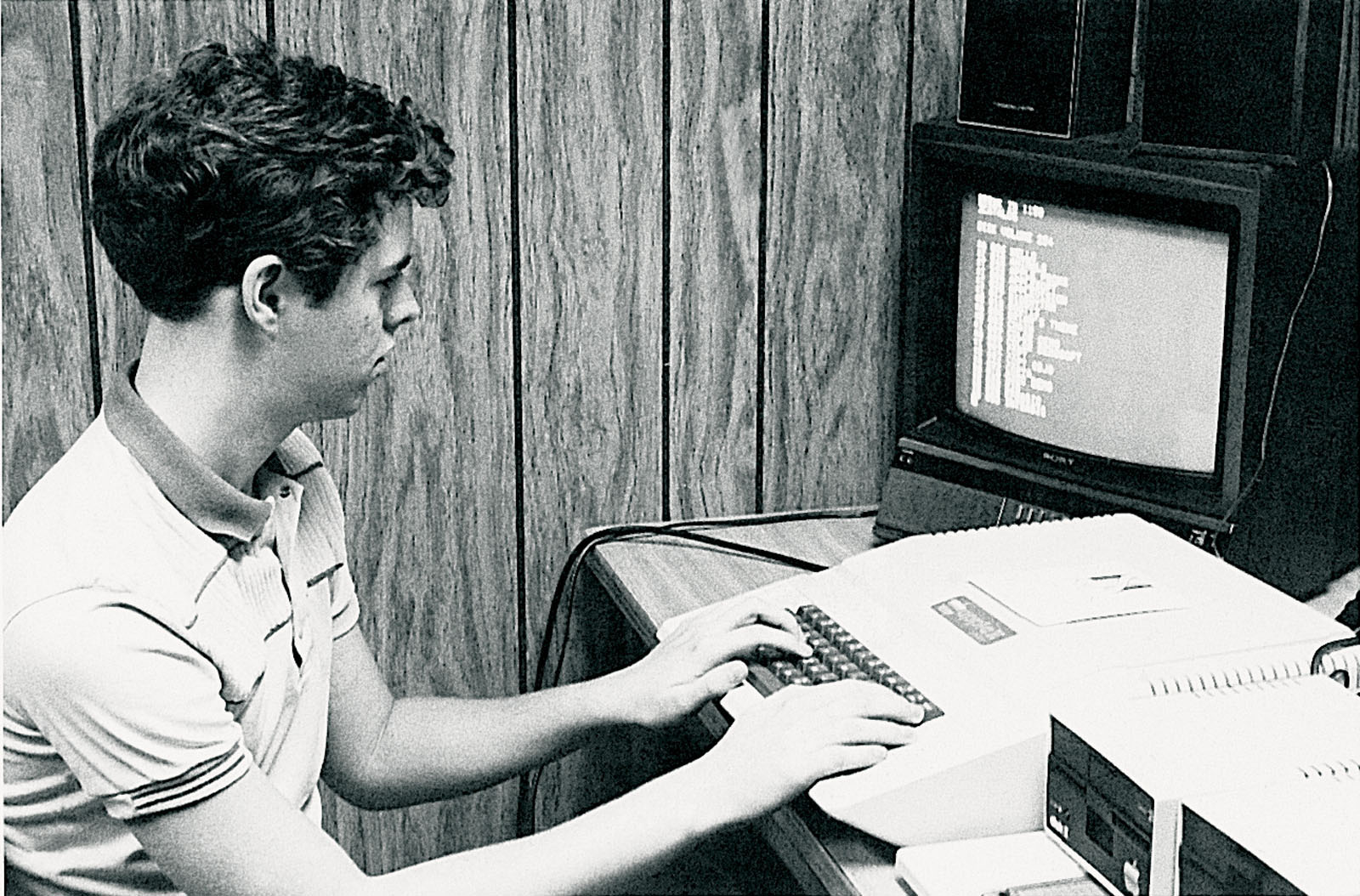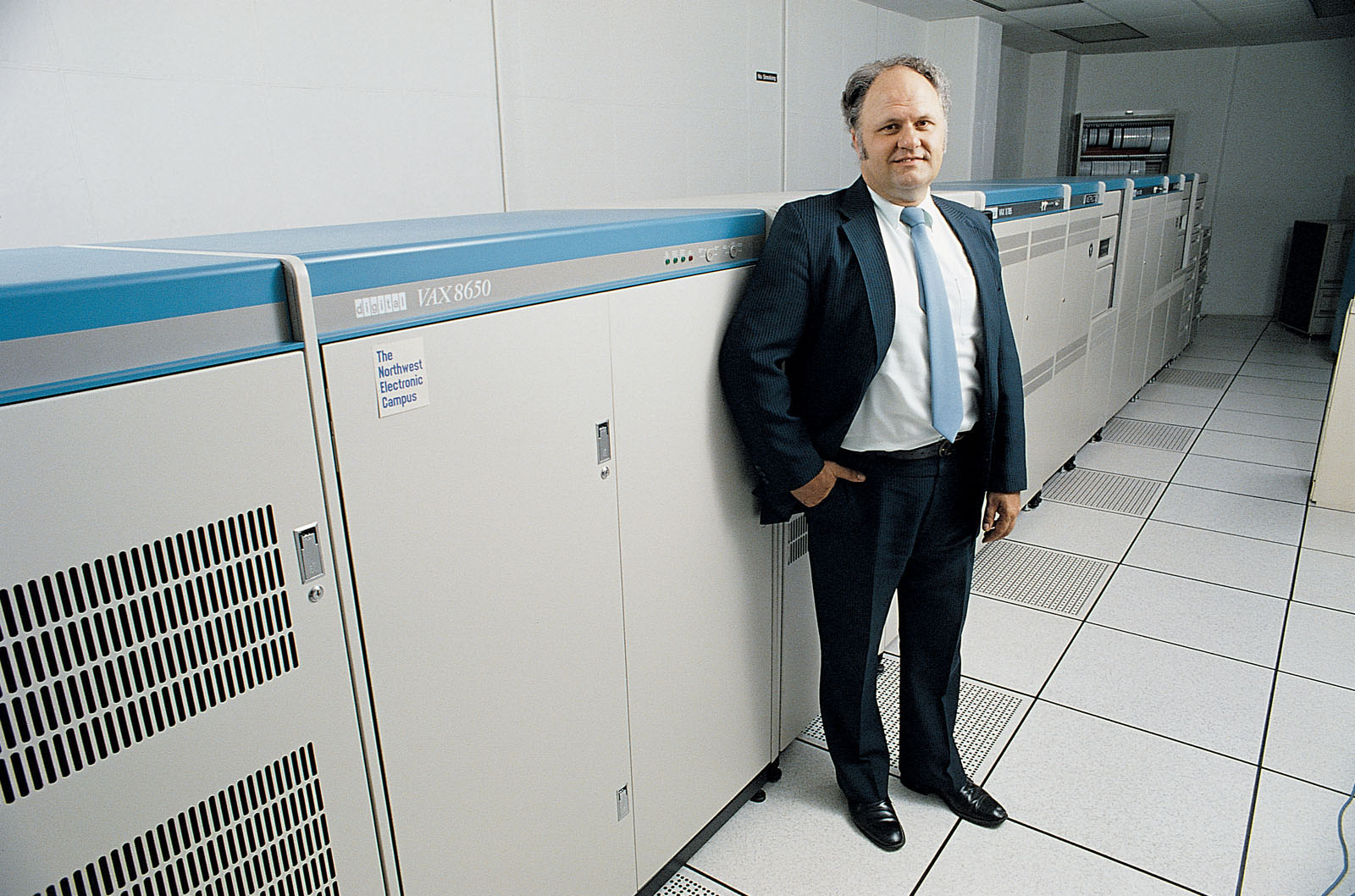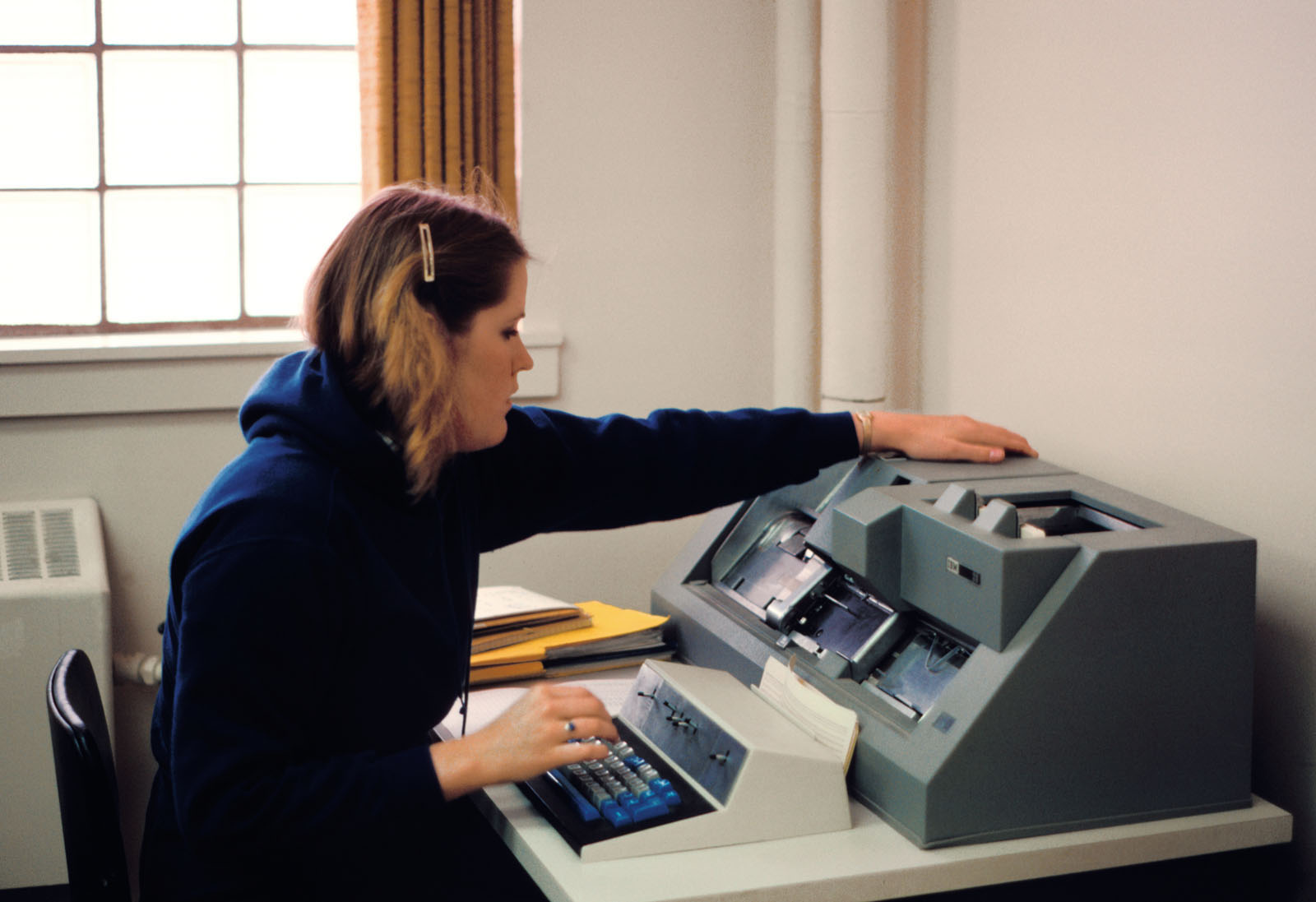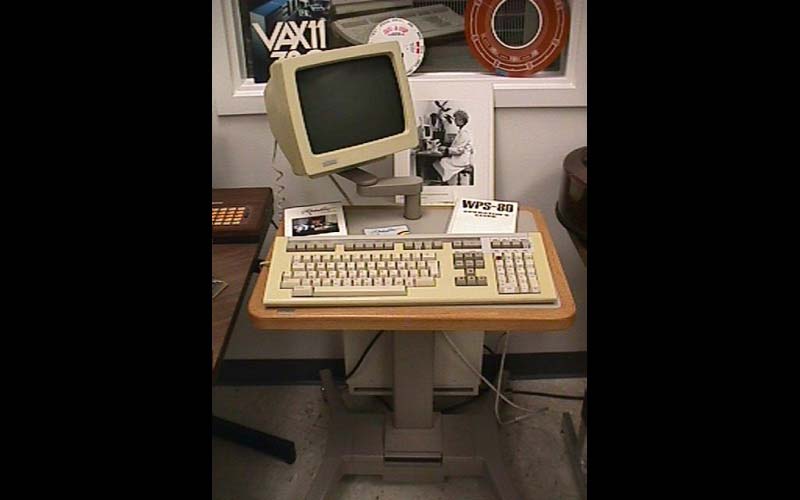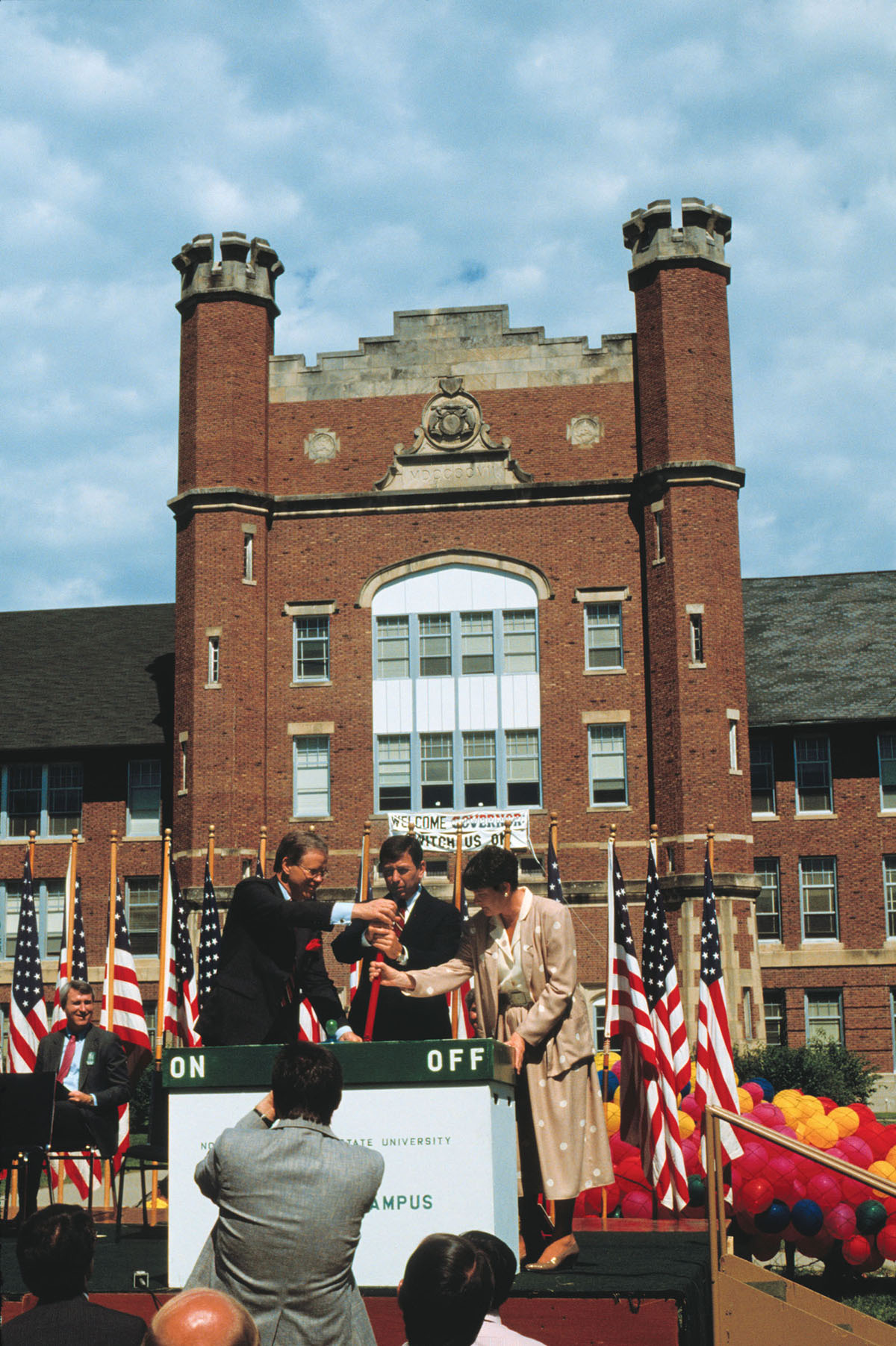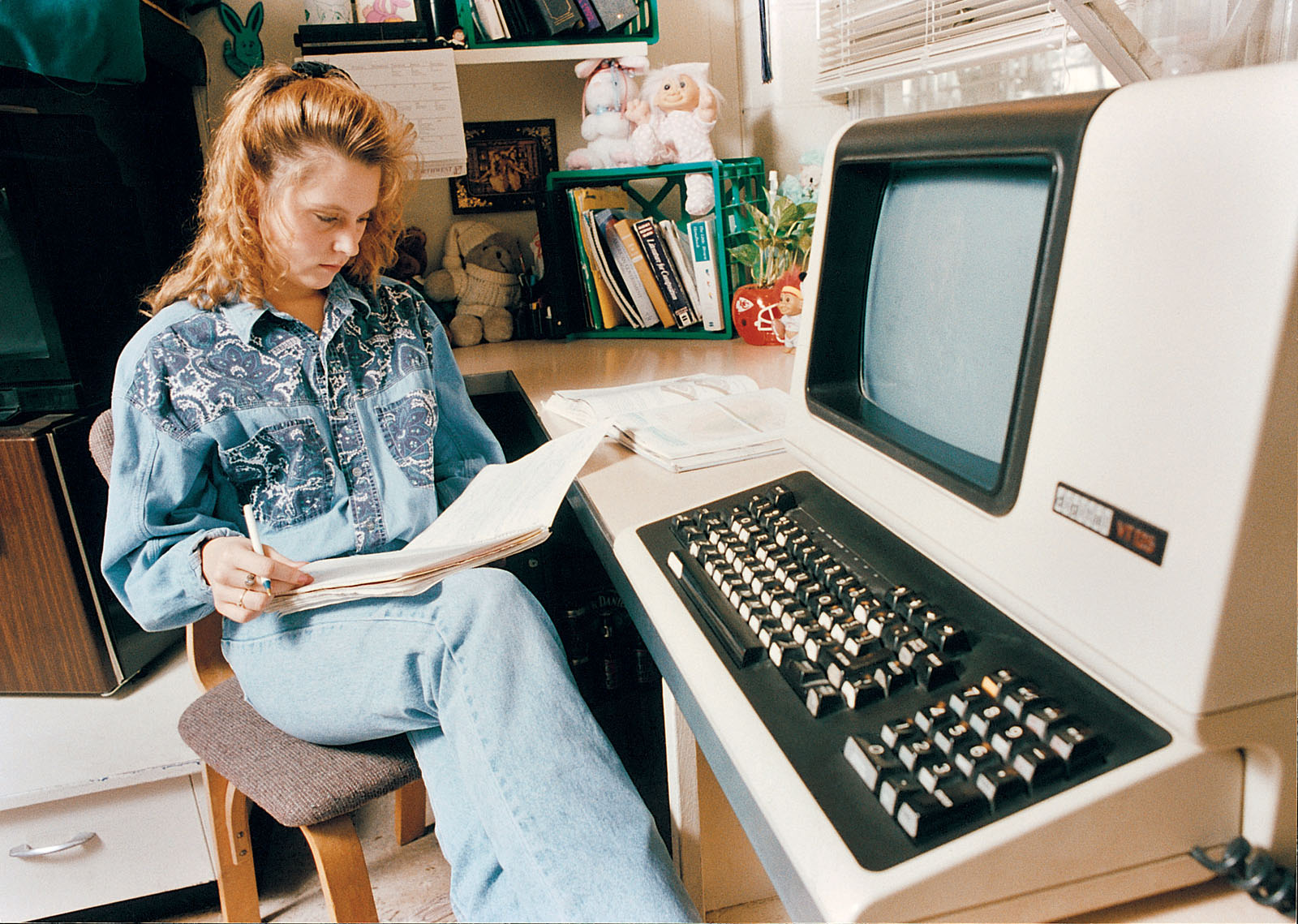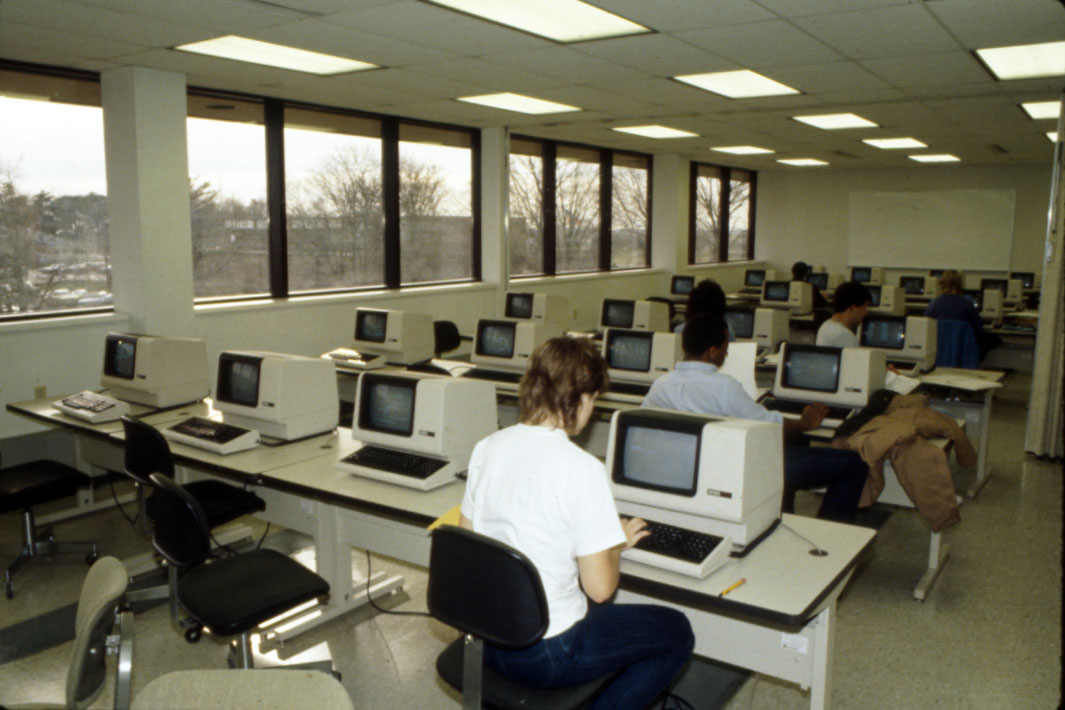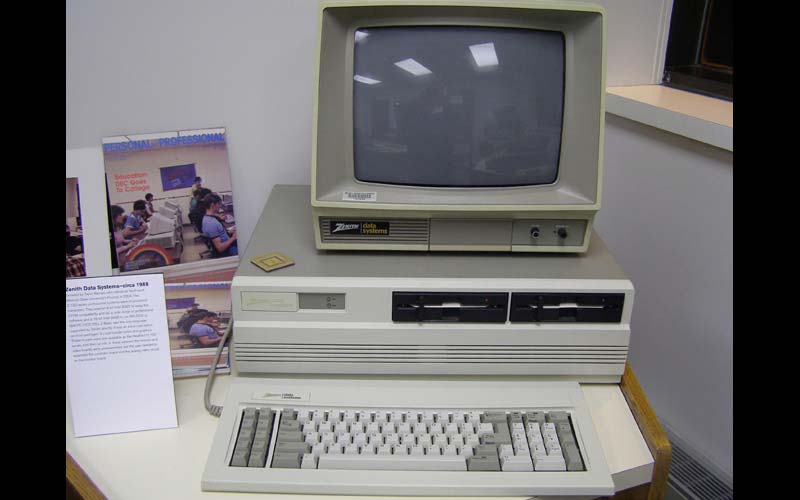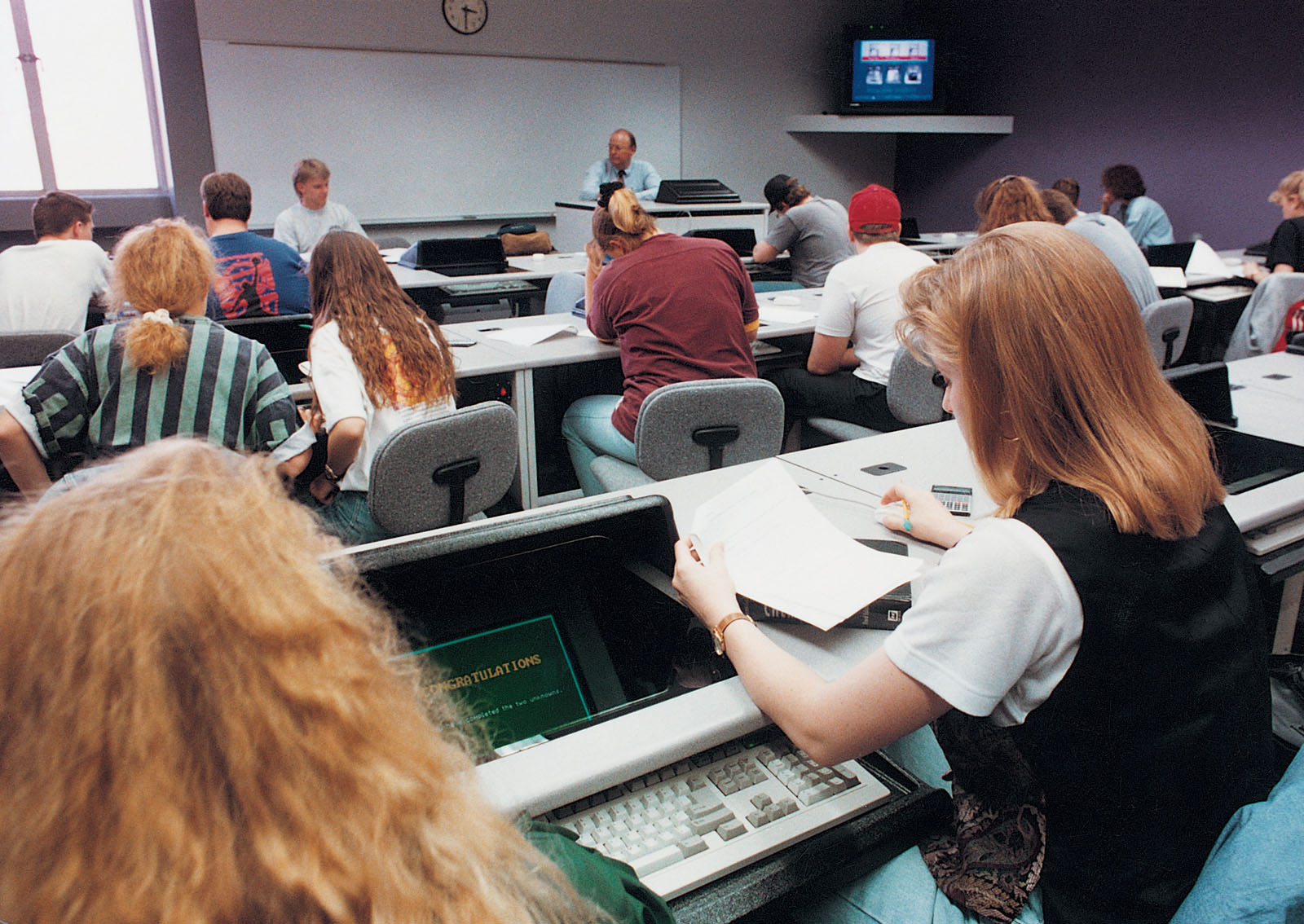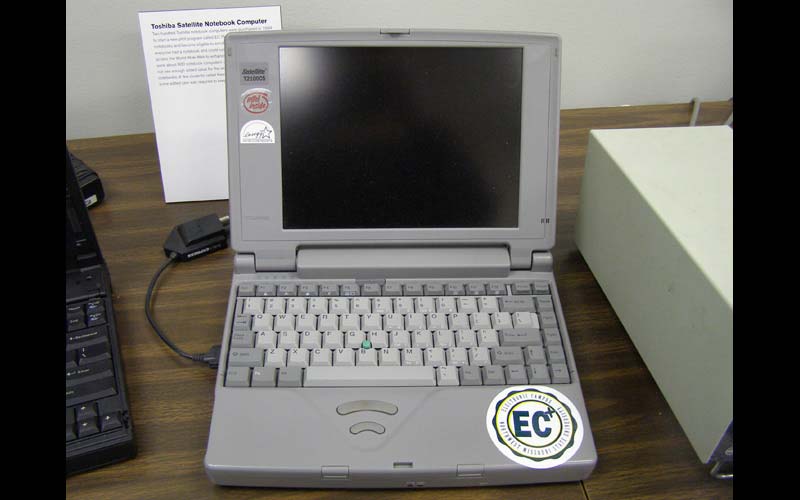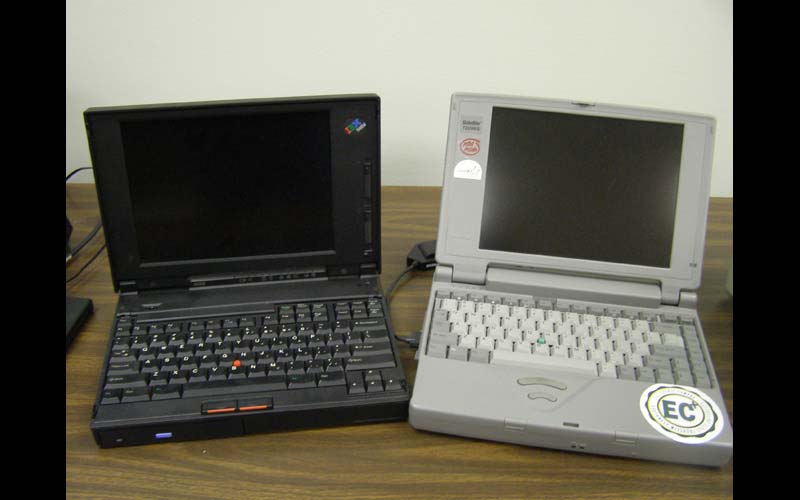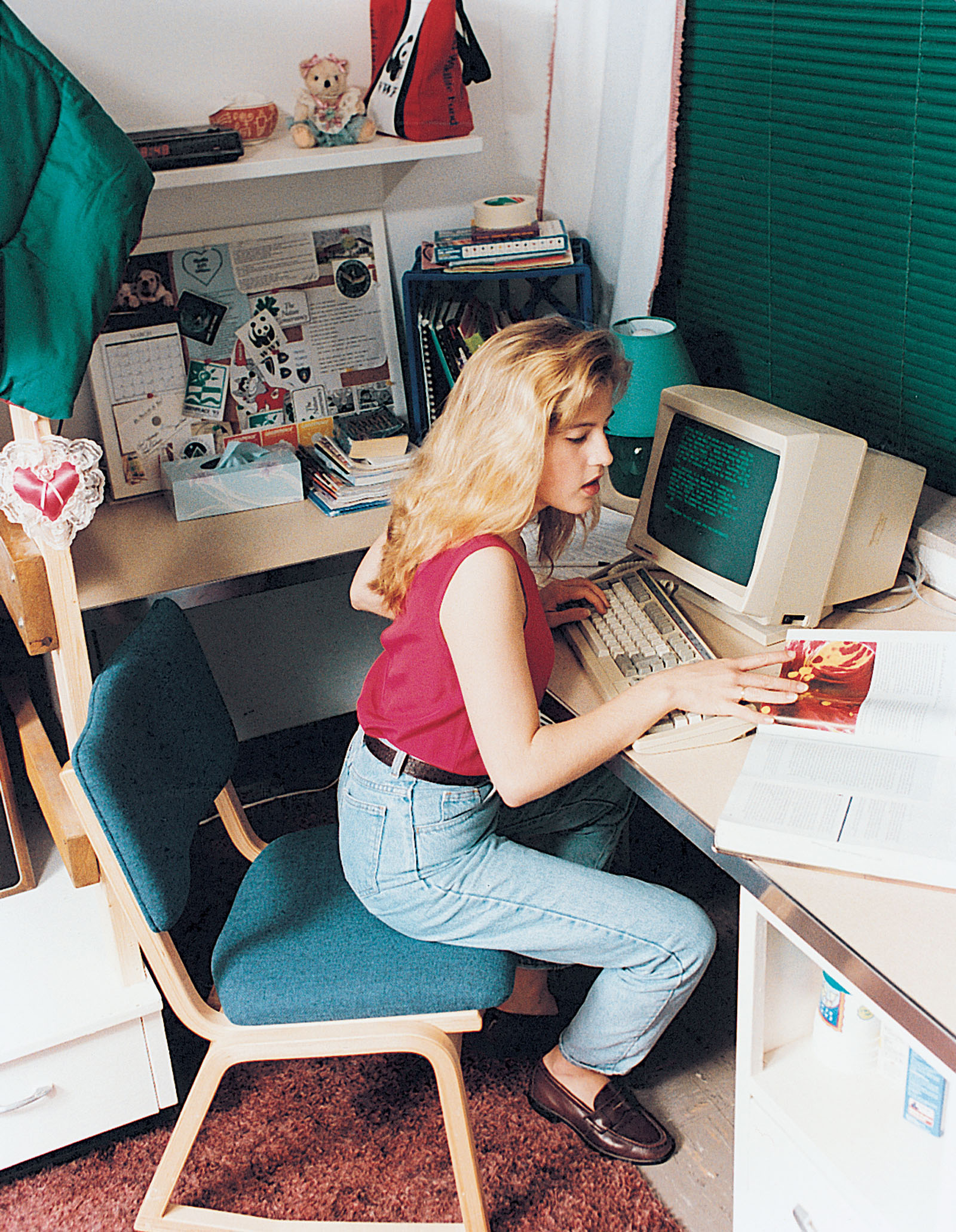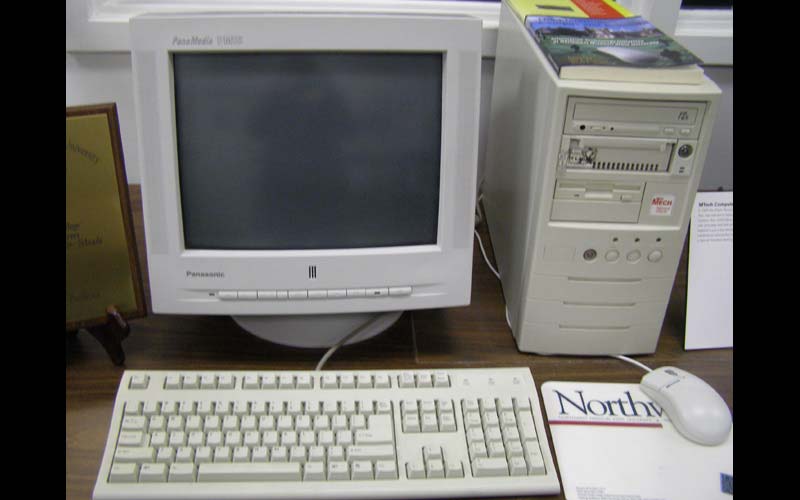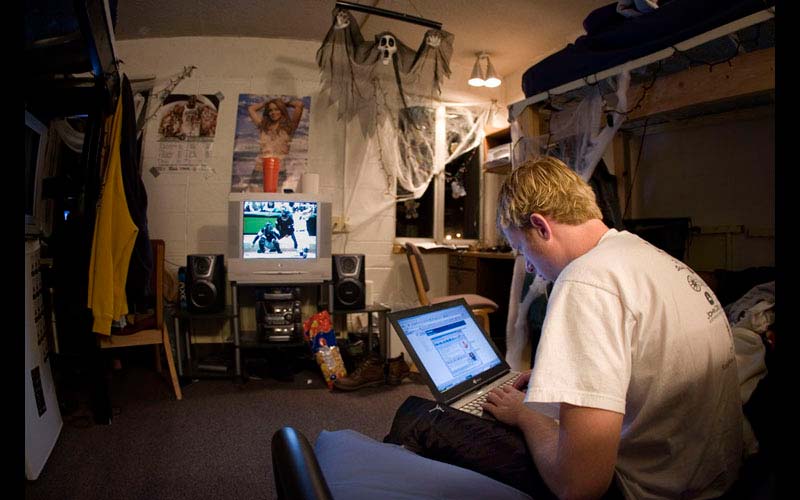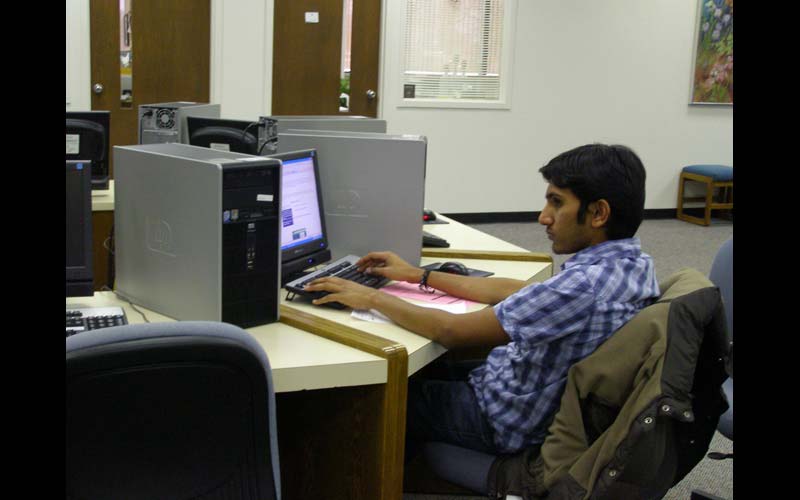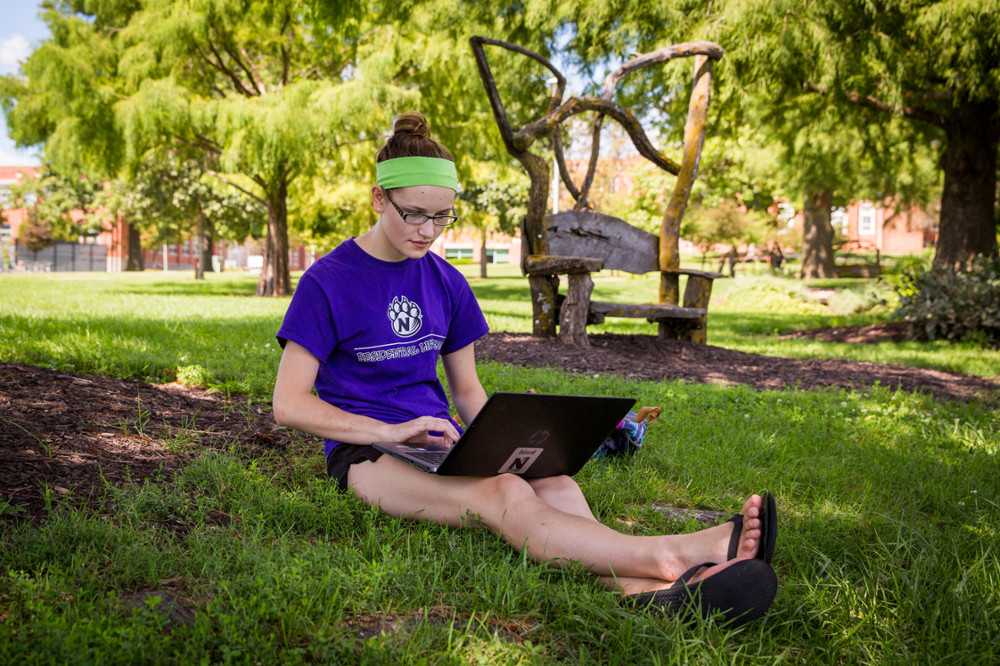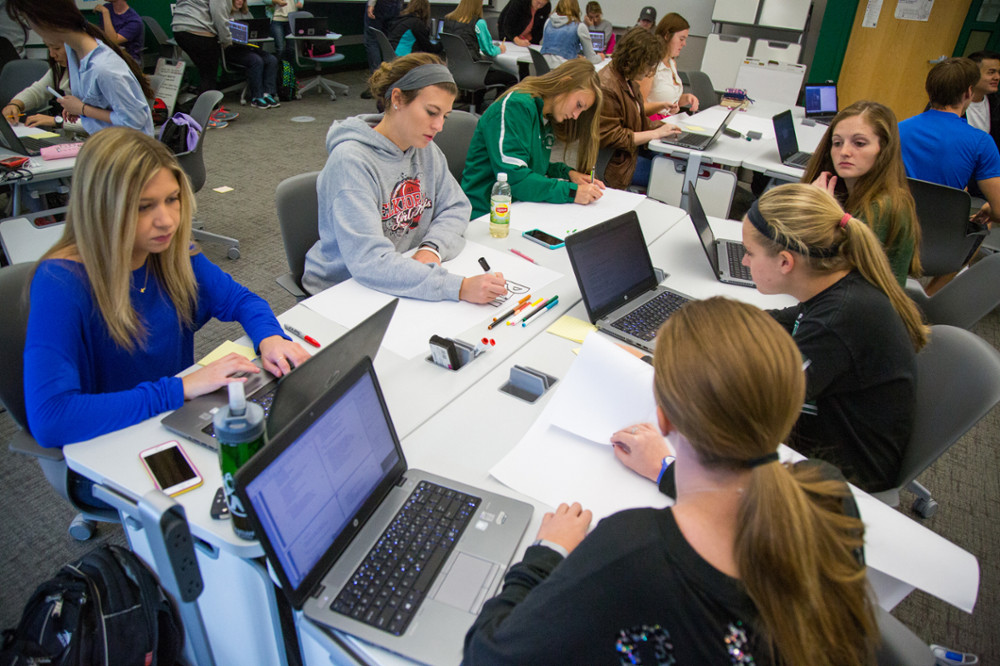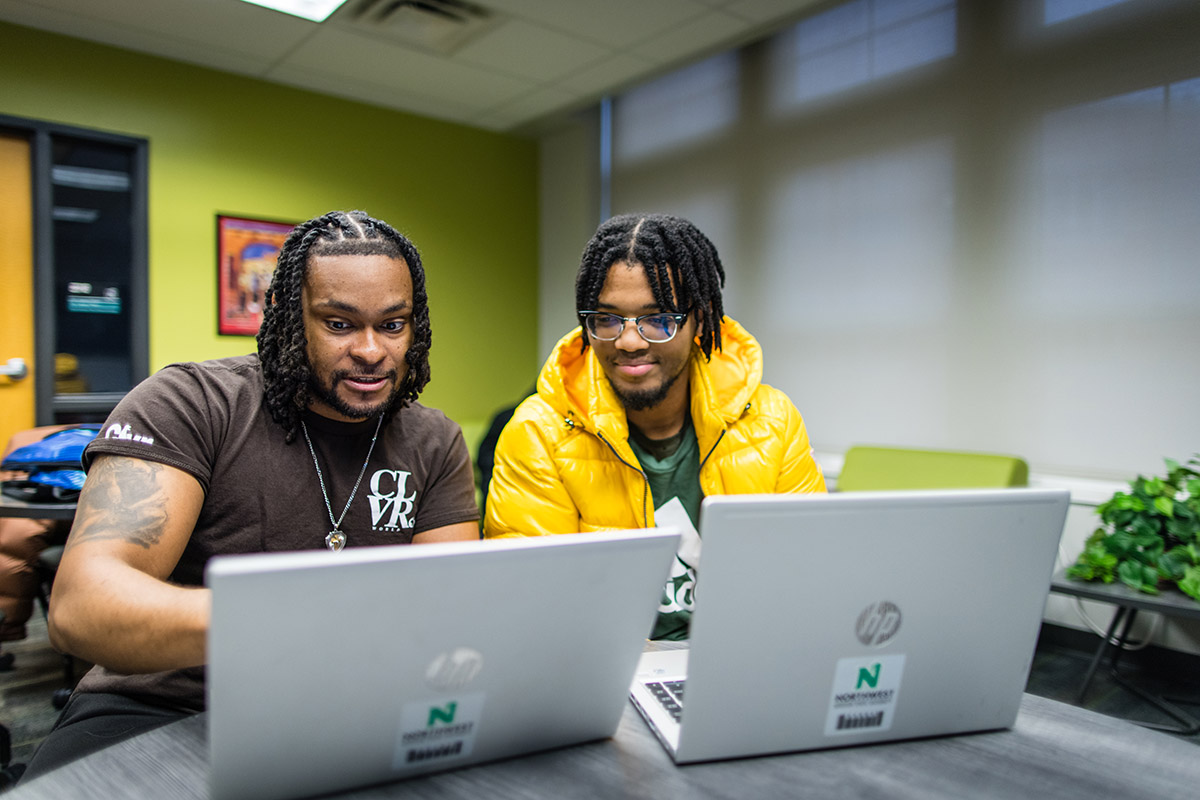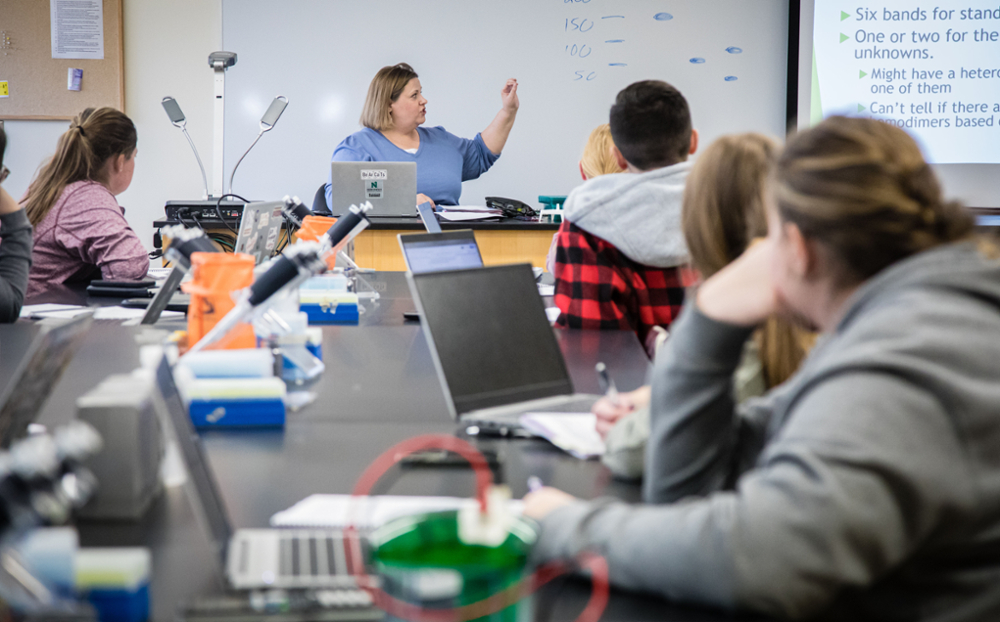Propelled by the vision of its ninth president, Dr. Dean Hubbard, and director of computing services, Dr. Jon Rickman, Northwest flipped the switch on its “Electronic Campus” in 1987 and became the first public institution in the nation with networked computers in each residence hall room and faculty office. Northwest began to embed computer infrastructure in its academic landscape years earlier when it acquired, during the 1977-1978 academic year, a computer to function as a server with multiple terminal access that make computing available to students and faculty beyond the departments of mathematics and computer science – but the Electronic Campus placed the University at the forefront and generated national attention.
A decade later with the advent of the internet, Northwest upgraded its network to support student, faculty and staff use of multimedia and web-based applications while further enhancing learning at the University. In 1999, the University also established its Center for Information Technology in Education, or CITE, with state-provided mission enhancement funding to support the instructional technology needs and launched Northwest Online as a platform to offer online coursework.
Subsequently, Northwest formed a partnership with the Colorado Community College System that allowed students to transfer from a community college and complete bachelor’s degrees in business through Northwest Online. In December 2001, Christina Pasqua of Sterling, Colorado, became the first student to complete a degree through Northwest Online, earning her bachelor’s in business management.
As technology has advanced, so has Northwest. In 2005, Northwest began providing fully loaded notebook computers, and technical support, to all enrolled students. Bundled with the University’s textbook rental program, which provides undergraduate students with all of their primary textbooks at the start of each semester, it saves students thousands of dollars during the course of a four-year academic career compared to their peers at other universities.
